Press Clipping, media clipping, clipping report or simply clipping, all of these terms describe the document where the press coverage impacts of an organization are collected.
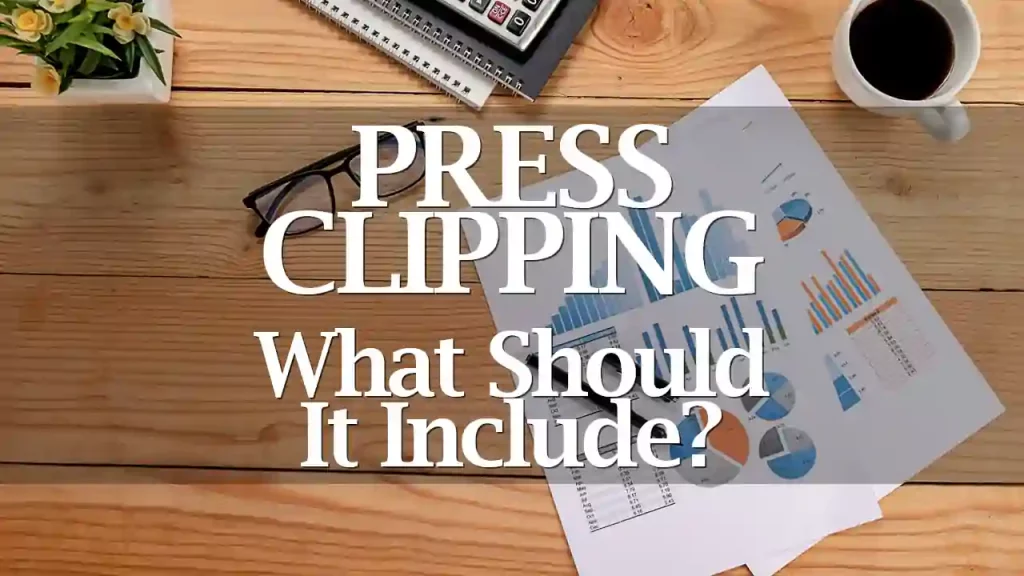
In this article, I’m going to explain what a press clipping is, its purpose, the sections it should include, and even some tricks for creating one manually.
Oh! I’m also going to provide you with a link down below to download a template completely free of charge.
Do you need help with your press clipping?
Send an email:
hola@apablo.com
Table of Contents
Free download: press clipping template
What is a press clipping?
Press clipping is the document that compiles all media appearances of an organization within a specific period of time.
Thanks to the clipping, any entity can quickly review articles, reports, interviews, social media mentions, videos, and links where it has been referenced.
Having a press clipping offers many advantages that we will explore later on. These include communication assessment and message analysis.
It’s much easier than it seems, you’ll see.
There is no universal template to create it, as each organization has its own peculiarities. However, there are certain elements commonly found in most cases.
It can exist in various physical or digital formats, although the most common presentation is in digital PDF or Excel files.

Press clipping can be done manually or, if we hire a clipping service, automatically.
In fact, there is a range of services with various price ranges and options that can be tailored to each organization’s possibilities.
But, as I mentioned, it’s something that can be done manually in many cases.
Previously, press clipping was done manually: using scissors and glue, paper articles were physically cut out and pasted onto a larger sheet, where the coverage size in centimeters was also indicated.
Radio audios were stored on cassette tapes and recordings on VHS.
As you can see, all very ’80s.
But of course, when we began to digitize content, all of that changed.
The final document presentation task is usually carried out by the communication department, press office, or communication agency.
What is the purpose of a press clipping?
A press clipping serves to assess the media coverage of an organization in a general or comprehensive manner.
It’s an important document in two clear circumstances:
👉 If the entity receives numerous media mentions: when working in an organization that is constantly mentioned in the media, you’ll need to know what type of coverage it is receiving (what is being said about it).
👉 If the entity intends to obtain numerous media mentions: if your organization isn’t mentioned constantly, but you are trying to achieve it through a communication strategy, you’ll need to know if that strategy is meeting expectations.
Each case has its own peculiarities, but in general, this is what a press clipping is used for:
Measuring the success of the communication strategy
The content of a press clipping serves to assess if the communication strategy is performing according to our expectations.
The document includes the organization’s appearances in the media, providing us with information to assess whether the communication efforts are effective or not.
This evaluation can be quantitative or qualitative.
For example, if we are mentioned less than expected, we can reconsider the communication plan and its actions to improve visibility.
However, if we are satisfied with the quantity of results, we might want to rethink the message we are conveying or the target media.
Or we can simply be content and continue on the same path.
Not everything has to be banging our heads against the wall 😊
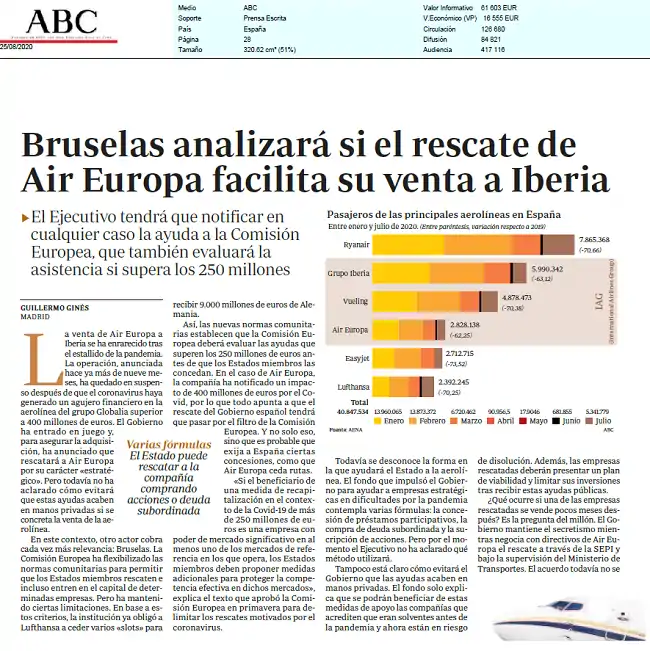
Press clipping also allows for an economic analysis of the results. In other words, it determines the monetary value in euros of a newspaper or television mentioning us.
200, 600, 3,000 euros… whatever the amount may be.
This doesn’t mean you have to pay them. It’s solely the equivalent advertising value in money for specific coverage.
In fact, the metric used to calculate this amount is called Earned Media Value (EMV).
I recommend reading my article on this topic to learn how to interpret these data.
I mention this because most entities don’t even ask for EMV figures anymore.
Comparing a strategy with that of the competition
It’s not uncommon for the information in a press clipping to also include the competition results of an organization.
Sometimes even comparative charts are created to verify if an entity’s communication is broader than that of its competition.
In my experience, communication is usually not led by organizations that are, in a way, lagging behind.
You need to be at the forefront. Or at least try to be.
And if we know what our competitors are doing, we’ll have useful information on how to proceed in the next period.
Knowing which lane they’re in to overtake them from the left 😝
Analyzing the overall message about the organization
The content of a press clipping allows for an analysis of what is being said about the organization.
It’s a way to determine if the overall press sentiment is positive or negative.
When we have positive press coverage, it’s the time to capitalize on it and go further, while always maintaining the essence that made us great.
If there are recurring negative themes, there will obviously be a need to establish a discursive strategy regarding them.
For example: we have a product that is receiving very low ratings in the reviews by journalists. What are we going to do about it?
If there is a recurring or extensively covered negative message, it might be worth activating a crisis communication plan.
If this happens to you, don’t worry. Just think that only the best are forced to activate crisis communication plans.

Identifying Communication Opportunities
A press clipping also serves to identify new opportunities for obtaining coverage.
It helps to understand which journalists report on specific markets, who the opinion leaders are in each sector, who the most prominent influencers in an industry are, etc.
One might say that this is something that can already be done with an internet search. However, it’s not uncommon to discover new opinion leaders through press clippings.
If a comprehensive analysis of the content is conducted, even important information for an organization’s department can be detected: critiques, suggestions, ideas, and more.
How to Create a Press Clipping?
The first step to creating a press clipping is to select the keywords (or criteria) for which media coverage will be collected in the document.
These keywords usually include, primarily, the organization’s name, the sector in which it operates, and perhaps the name of the main competitor.
Once these keywords are chosen, we can decide on the format it should have and the data it should collect.
What Should the Format of a Press Clipping Be?
A press clipping can take any format, although the most common ones are Excel spreadsheets, PDFs, or other online digital solutions.
👉 An Excel spreadsheet is more practical as it allows for data-driven evaluation. Additionally, it’s easier to compare two or more articles at a glance.
👉 A PDF, on the other hand, allows for a more elegant and visually appealing presentation. It’s more useful for analyzing the content of each article separately.
In summary, the Excel version is for the analytical minds, and the PDF version is for browsing while enjoying a cup of coffee.
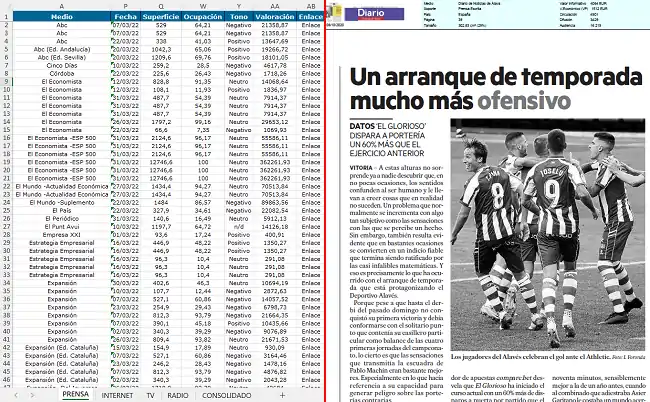
What data should a press clipping gather?
A press clipping can capture some of the following data for each of the obtained media appearances:
Headline
The text that appears in the coverage’s headline. The organization mentioned in the article doesn’t necessarily have to be in the headline.
For example: “Fruit Prices at Historic Levels”
Media Outlet
Name of the media outlet where the coverage appeared.
For example: “El Confidencial”
Type of Press
The type of media that generated the coverage.
For example: regional, national, international press, vertical outlets (specialized), social media, blogs, video platforms, and others.
Coverage URL
The URL through which the content can be accessed.
Date
Publication date of the coverage.
Time
Time of publication of the information.
Type of Mention
Refers to whether the article is solely about the organization or if it just mentions it.
For example, it can be categorized as “dedicated” or “mention.”
Tone
General tone of the coverage.
For example: “positive,” “neutral,” or “negative.”
Keywords or Criteria
The chosen words for tracking press clippings.
For example: the organization’s name, its sector, or the competition.
Link
Determines whether the publication includes a link to the organization’s website.
Link Destination
If there is a link, the exact URL it points to.
Dofollow/Nofollow
In case of a link, describes whether it’s a dofollow or nofollow link.
Anchor Text
If there’s a link, it specifies the words that have been hyperlinked.
For example: “in this report.”
Domain Authority
Domain Authority of a webpage according to measurement platforms.
For example: “91”

Audience
Daily regular audience of the media outlet.
For example: “130,000 readers,” “35,000 visits,” “1,000,000 viewers”
Earned Media Value
The amount in euros equivalent to the advertising cost of that publication.
For example: “€1,718.23”
Sector
Indicates whether it’s general or specialized information.
For example: “Economy”
Source
Where the media outlet is located. This is especially useful for identifying coverage in regional media.
For example: “Colorado”
Author
Name of the person who authored the coverage.
Photograph
Specifies whether it includes a photograph or not.
Duration
Total duration when the coverage is a video or audio.
Start Time
In radio and television, the time when the piece started airing.
For example: “18:43”
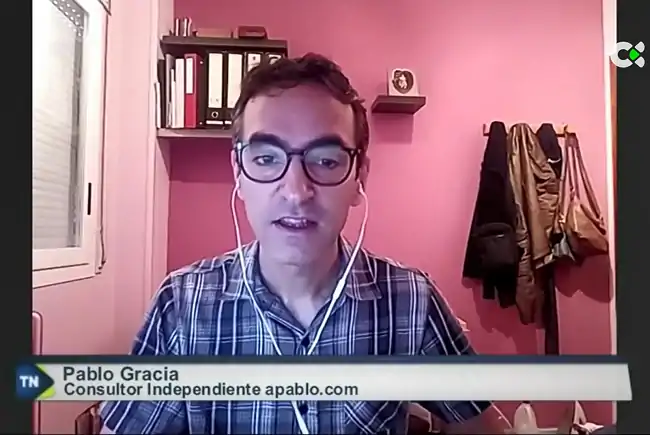
Circulation
Only for print media, circulation describes the number of physical copies that the media distributes.
For example: “80,000 copies”
Frequency
How often a new issue of the media is distributed.
For example: “daily”
Size
In print media, the number of square millimeters the publication occupies.
For example: “800”
Page
The page number where the publication appears.
For example: “17”
Page Count
Describes how many pages the coverage occupies.
For example: “2”
Printing Type
Specifies whether the printing is in black and white or color.
Coverage Percentage
Percentage of the page occupied by the coverage relative to the total.
For example: “64%”
Comments
Notes or remarks that the person doing the press clipping might want to include.
Coverage Responsible
In campaigns executed in various regions, the person responsible for obtaining the coverage.
For example: “apablo.com”
Strategic Line
If it’s part of a communication strategy with multiple action lines, it can specify which one it belongs to.
For example: “campaign in Portugal”
Other
Any other data that the organization needs to establish and is useful for understanding the press clipping results.
Can I do press clipping automatically?
Yes, there are several companies dedicated to performing automated press clippings.
Most of them allow downloading the information in various formats so that each organization can use them in their own way.
These services save a significant amount of time when doing press clippings. However, in my experience, I’ve always had to correct some results before sending them to the client.
Furthermore, there’s always a client who requests a data piece that doesn’t appear in the automatic processing of clipping companies.
But yes, the majority of the work is done automatically and well.
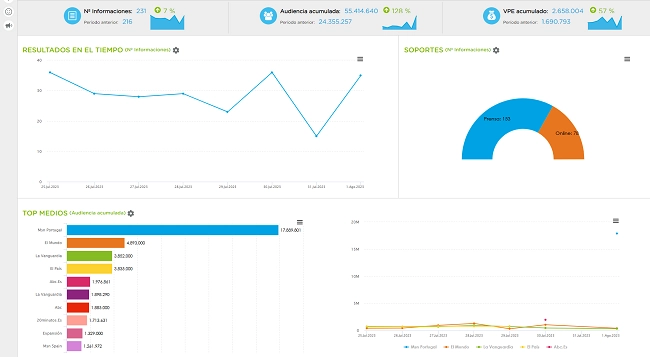
What are the best press clipping companies in Spain?
There are many press clipping companies in Spain, and each has its pros and cons.
They are quite similar to each other, although some have distinguishing features.
I’ve had the chance to try: Acceso, Kantar Media, ePrensa!, JPMedia International, and ScapeFox.
All of them have served their purpose, but my favorites have been:
👉 Acceso: It took me a while to get used to this platform, but after using it for some time, I was surprised by the wide range of options it offers. I got to know it while working for one of the world’s most important railway construction companies, which used it. Very good.
👉 ScapeFox: The good thing about ScapeFox is that it allows you to buy individual press articles through a credit program. The downside is that they sometimes have copyright issues (at least they’ve had them in the past). However, it’s also more budget-friendly.
From Acceso to ScapeFox, you have numerous other options to choose from in Spain. Almost all of them serve their purpose.
Choose one based on your budget or do it manually, as I explain below.
Issues with clipping services
Press clipping companies offer automated products that usually work quite well, though occasionally, they have some errors.
That’s why, as mentioned earlier, it’s important to review the document in all the chosen formats you’ve downloaded before submitting it.
Sometimes, these services make errors such as:
Missing an important news item
Generally, if the keywords are correct and spelled accurately in the content, there won’t be errors.
The problem arises when the author of a news piece hasn’t written the organization’s name correctly. In such cases, the press clipping system might miss it.
It’s a good idea to quickly search online to ensure you’re not missing something truly important.
Including articles from strange sources
Sometimes, the press clipping includes very odd results, as if they were articles written with random words.
I experienced this with a page that appeared several times a month in a client’s results. Several articles from that page always appeared, and I always had to delete them.
Providing exaggerated advertising value data
This is a classic issue and one of the reasons why Equivalent Advertising Value is losing credibility in the industry.
For many organizations, it’s hard to believe that a mention in a written medium is valued at €20,000.
Not including all social media platforms
Internet algorithms change constantly, and sometimes, these services lose access to the content on a social media platform until it’s reprogrammed.
That, and some social media platforms simply aren’t monitored.
Not providing paywalled content
Media outlets and press clipping platforms still haven’t agreed on how to provide paywalled content in a clipping.
Media outlets request that the article be purchased, of course.
Coverage restrictions
Depending on the platform and service, it’s possible that you won’t have access to coverage generated in other countries.
This is likely due to intellectual property rights.
Can I do press clipping manually?
Yes, it’s possible to do press clipping manually by searching for press appearances and the required data on the internet.
However, it’s a much more labor-intensive process.
Lots of copying and pasting, you know.
But if you’re only interested in digital coverage or if you don’t have a budget, it’s a perfectly valid way to do it.
For this, you can use the data you need. You can take ideas from the list I provided above.
To conduct searches, you can use a trick that works well for me:
Trick to do press clipping manually
Type your organization’s name into Google and, in the ‘Tools’ tab, choose the publication period and language of the appearances you’re looking for.
Click on search.
Some of the results might not appear because the search engine considers them duplicates. But then you can use this trick.
Let’s say your organization has been mentioned in ‘Europa Press,’ ‘La Vanguardia,’ and ‘COPE.’ For example.
You’ll likely only see one result because the others are considered duplicate documents.
So, if you only see the Europa Press link, note it down in your manual press clipping (copy the URL and the title, for instance).
Next, repeat the same search but include the words ‘-europapress.es.’
This way, you’re telling the search engine to show us the results for our organization, except for those from the ‘europapress.es’ domain.
This will help you find the remaining results that didn’t appear because Google considered them duplicates.
You can keep adding ‘-lavanguardia.es -cope.es,’ etc. (eventually, you’ll end up with a fairly long search, including all the pages you don’t want to appear in the results).

And you continue copying the URLs and headlines of each of the coverages.
That’s how you can do manual press clipping.
“A laborious task,” as they say.
Where did press clipping come from?
If we go back a hundred years in the past, we’ll see a time when press clipping already existed.
With scissors and glue in hand, the few responsible for doing press clippings spent their afternoons doing crafts and measuring the size of each piece with a ruler.
As sound and image recording became more popular, the design of the document expanded to include cassette tapes and VHS (though I’m sure some PR agencies might have used Betacam).
Today, with digital information, anyone can do press clipping.
Although, if you ask me, nothing beats Excel when it comes to this. Go, Excel team!
Conclusion
If you belong to an organization that naturally generates media coverage, having a press clipping service is essential.
There’s no other way around it.
If you belong to an organization that strives to generate this coverage, it might not be necessary at first.
However, if it turns out that expectations are met and that visibility indeed exists, without a doubt, hiring a press clipping service is recommended.
There are many ways to do press clipping, and there are dozens of platforms that automate it.
It can also be done manually, as we’ve seen.
Even automatically generated clippings require a manual review before they can be presented.
In any case, I encourage you to track your organization’s media presence.
It has more advantages than you might initially think.
Have you tried any press clipping service? Don’t forget to leave a comment and share this article with your department colleagues.
If you need help with your press clipping, send me an email and we’ll talk: hola@apablo.com

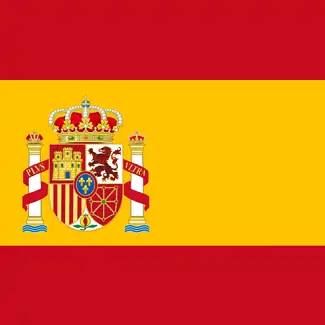

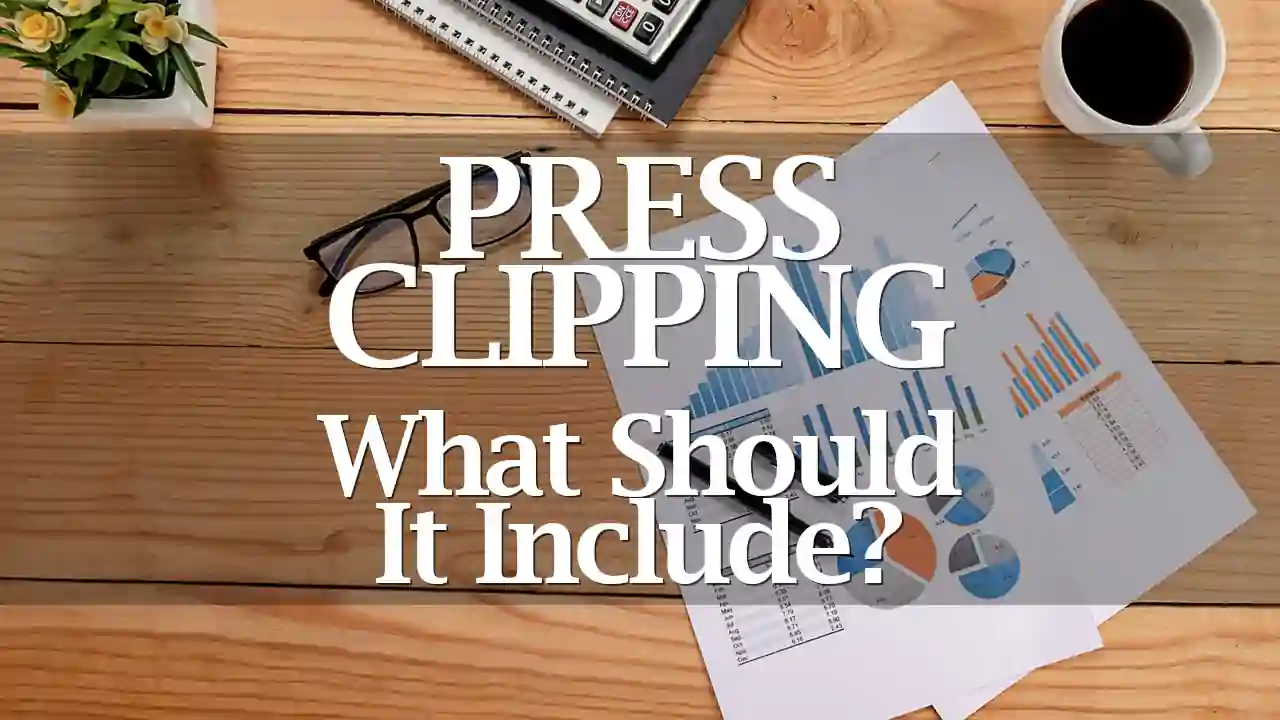

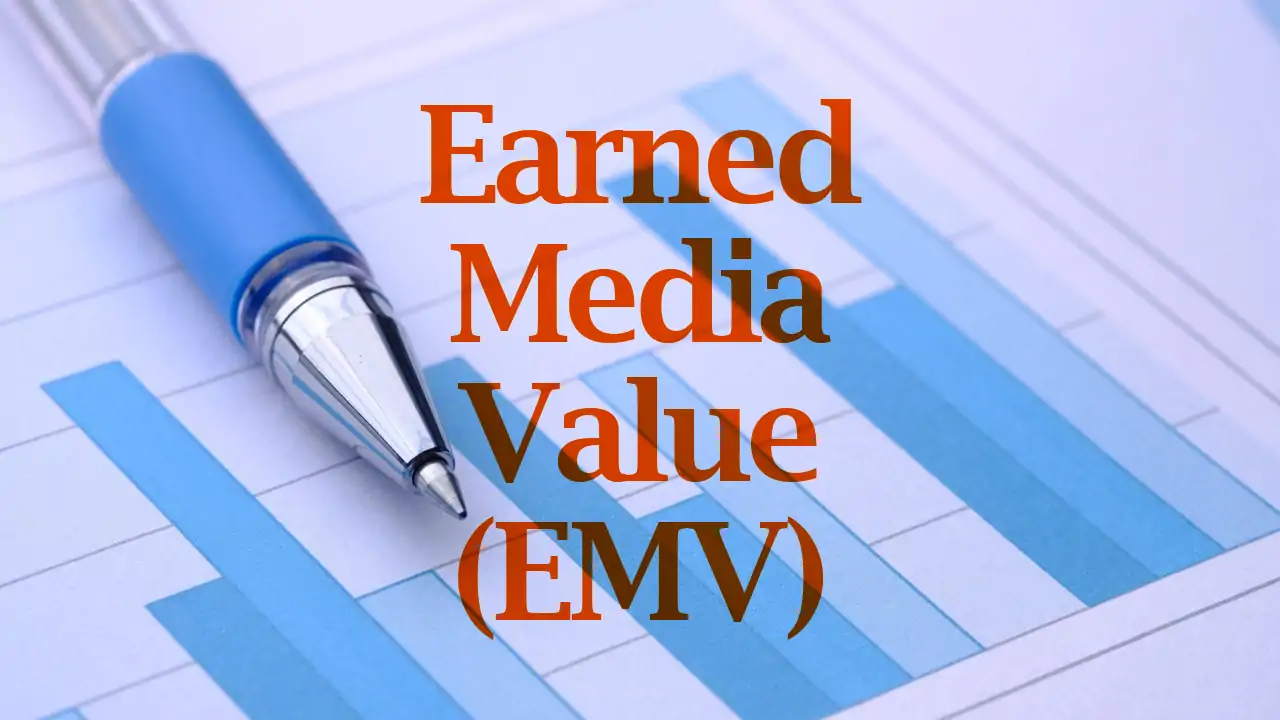
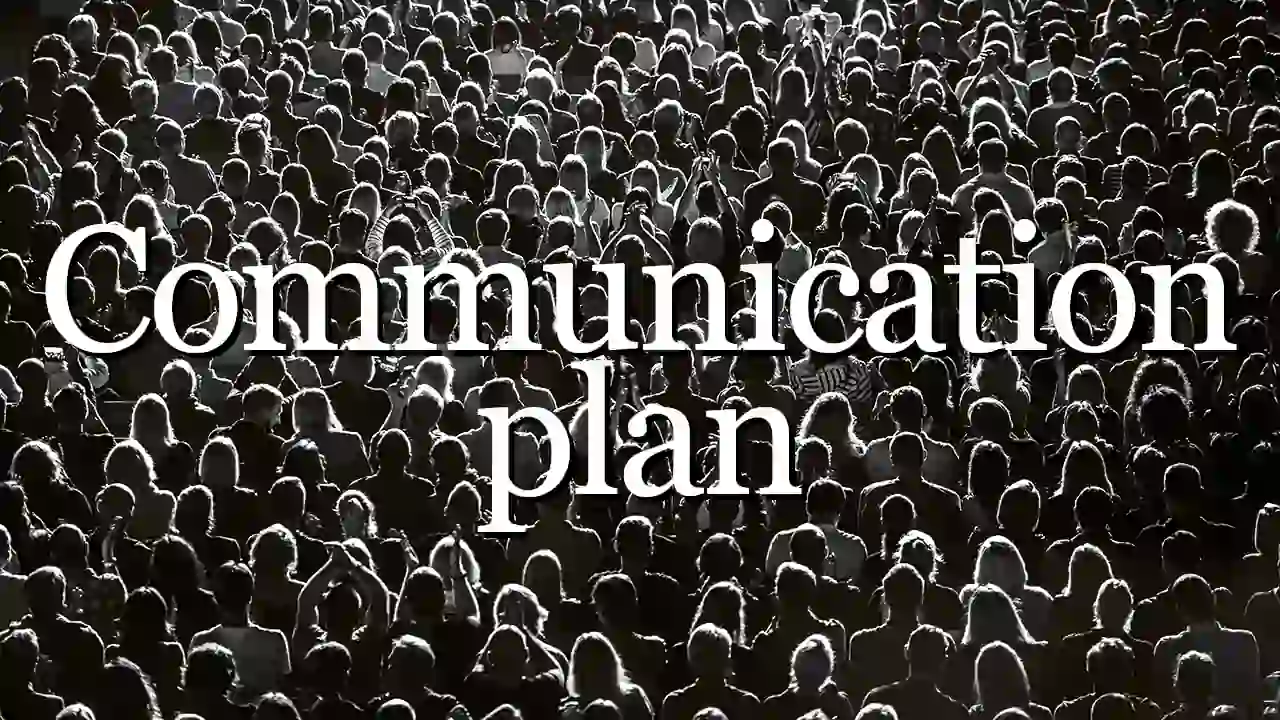

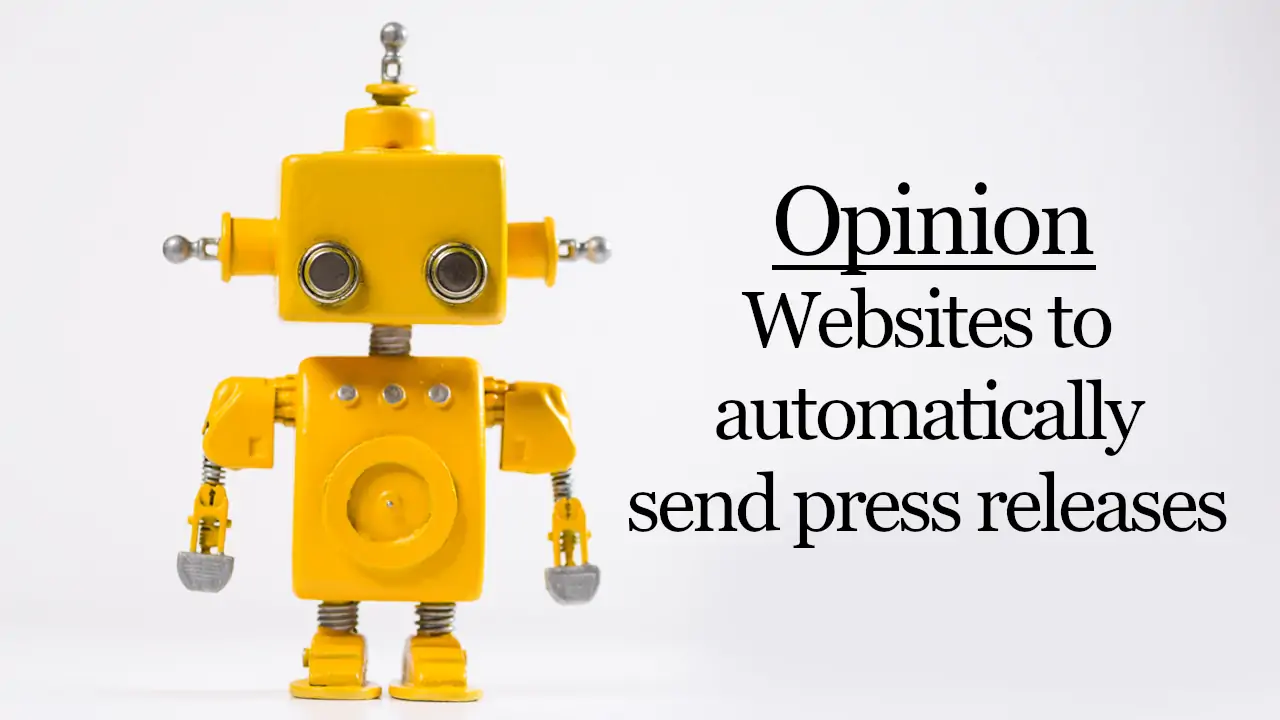
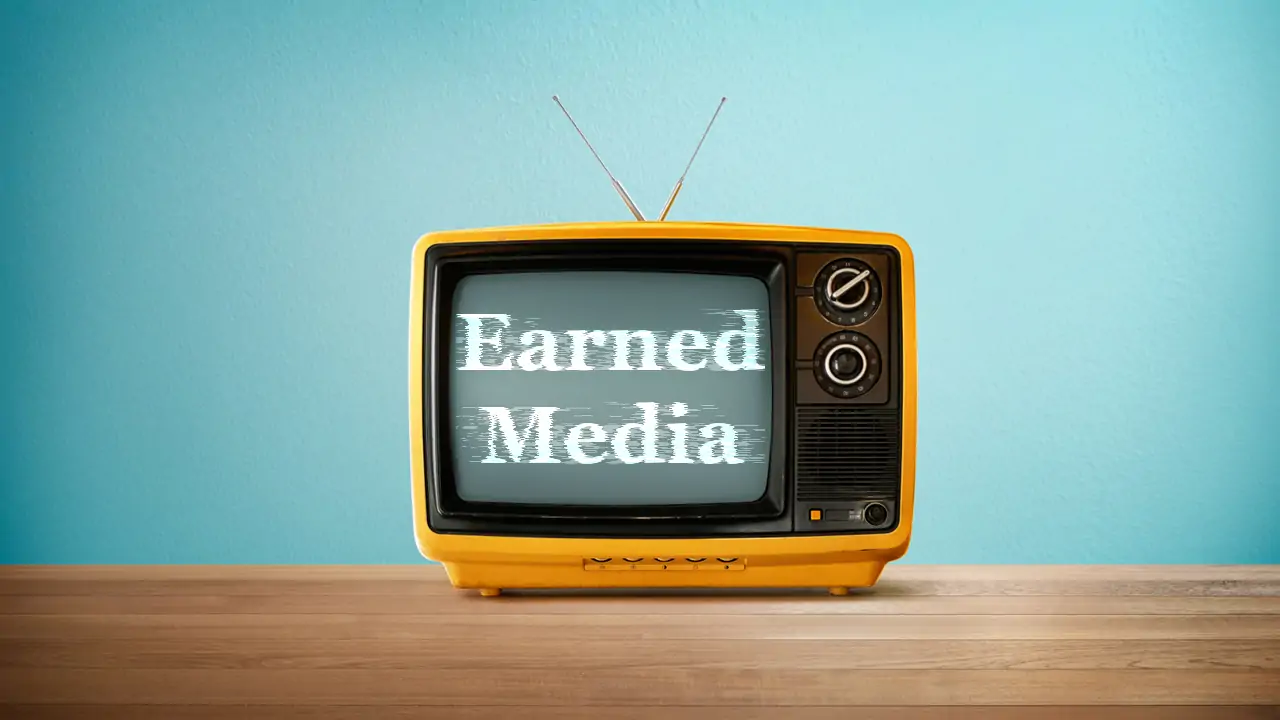
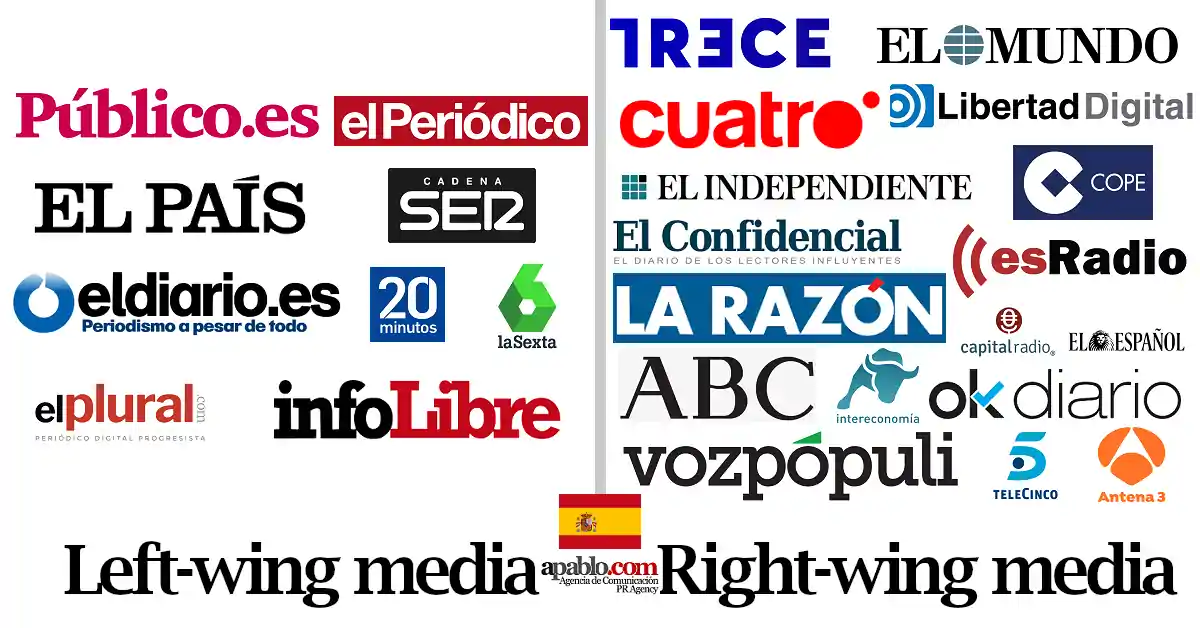

Leave a Reply Cancel reply